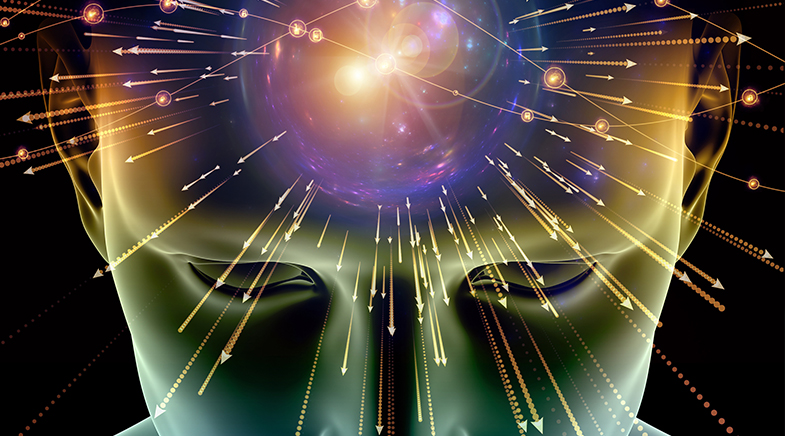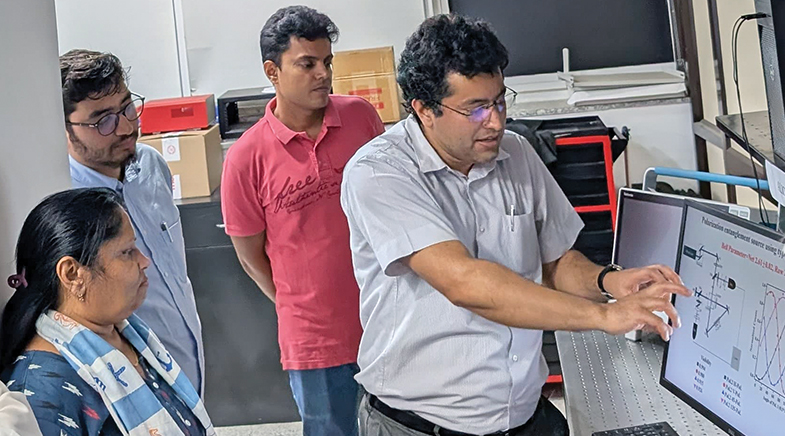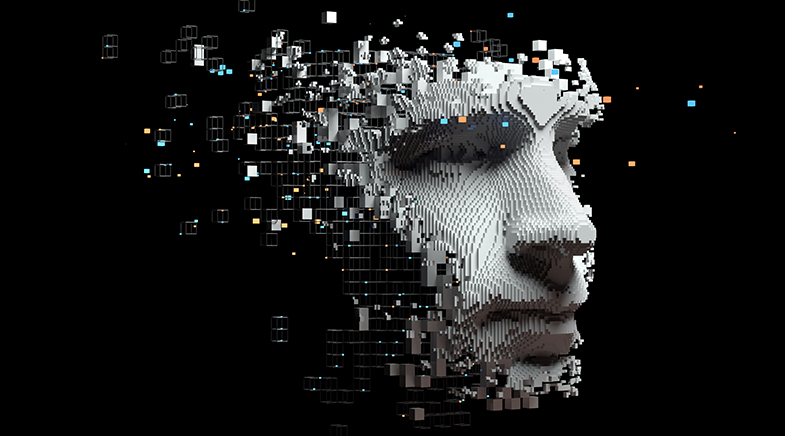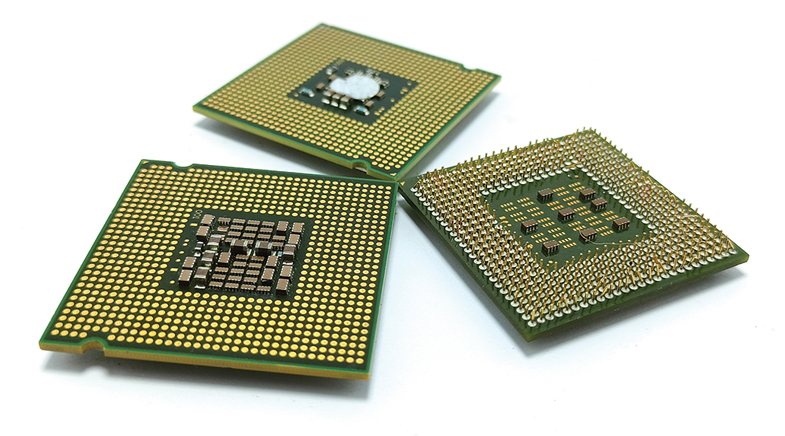Matter, and grey matter
-
- from Shaastra :: vol 01 issue 05 :: Sep - Oct 2022

Historians of science would agree that the first half of the twentieth century belonged to physics, mainly due to two major revolutions: quantum mechanics and relativity. Quantum theory was born in 1900 when German physicist Max Planck said energy came in discrete packets, and not in a continuous stream.
Planck himself was uncomfortable with the idea. He did not believe in atoms till the 1890s and thought that matter was continuous. It was an assumption, somewhat desperate, to derive a relationship between the energy of a photon and its frequency.
Not many people would have realised how profound Planck's assumption was. Planck himself did not think much about its implications, and never imagined it would lead to an entirely new way of looking at the world. Through the century, quantum mechanics and relativity changed not just our perceptions of the world. They gave birth to much of the technology we use today: microscopes, atomic clocks, Global Positioning Systems, medical imaging, and so much more. By 1950, the world had changed, and much of it was because of physics.
Another discovery — this one in 1953 — drove rapid technology changes for half a century. Unlike Planck, James Watson and Francis Crick had immediately realised the full implications of their DNA structure. The next five decades belonged to biology, as scientists uncovered the mechanisms that were the basis of life. They discovered the genetic code, the machinery for protein synthesis, how cells regulate gene expression, and so on. By the end of the century, scientists had a draft of the whole human genome.
With this background, it is tempting to search for a subject that could dominate the first half of the current century. Unlike in the previous century, there are no clear winners yet. Both physics and biology continue to advance at a rapid phase. Computation and Artificial Intelligence are certain to dominate our lives for the rest of the century, as would robotics and new materials.
Cleverly engineered telescopes are providing spectacular pictures of the universe, and we know that astronomy is set to provide tremendous insights as much as breath-taking images. Through all this excitement and turbulence, one subject seems to have avoided the headlines so far: neuroscience.
Our Cover Story looks at how recent technological advances are transforming neuroscience. Neuroscientists are able to conduct experiments that they did not imagine possible even a decade ago.
When Aditi Jain started research for this Cover Story (The golden age of neuroscience), she was merely trying to understand the impact of Artificial Intelligence on brain research. We had assumed that the impact would be enormous, and that we needed to fill out the details. During her interviews, she learned about the advances that technology had made in recent times and how they were changing neuroscience as a field.
Neuroscientists do not have remarkable findings to report, but their laboratory lives are changing rapidly. They are able to do things that they did not imagine possible a decade ago. Aditi has captured this change in our Cover Story.
In On your biomarkers…, Gauri Kamath expands a topic that she had investigated in depth for our Cover Story in September 2021, when we were publishing only in electronic form. For that story, Gauri had examined how analysing breath could predict the presence of disease. She continues to be fascinated by the topic and has written on diagnosing diseases through means other than blood tests. Although not mainstream yet, these tests are non-invasive and can be part of point-of-care diagnoses sometime in the near future.
Pallab Roygupta, our correspondent in Kolkata, writes on The search continues about the travails of particle physicists as they continue to look for new particles. They were in high spirits at the turn of the century and after the discovery of the Higgs boson. However, later experiments did not yield what they wanted to see. But, as Pallab writes, some unusual observations and the planned construction of new colliders are generating hope for the community.
The other stories in the issue include those on Moon missions, anti-snake venoms, and future urban mobility. On Dark side of the moon: The Artemis story, Nidheesh M.K. examines the resurgent interest in going to the Moon, especially from the point of view of science and space exploration. The NASA mission to the Moon has now been postponed, but the story looks at the larger picture of what the mission has in store for the world. We are hoping that the stories together provide a good reading experience for the holiday month.
Have a
story idea?
Tell us.
Do you have a recent research paper or an idea for a science/technology-themed article that you'd like to tell us about?
GET IN TOUCH














